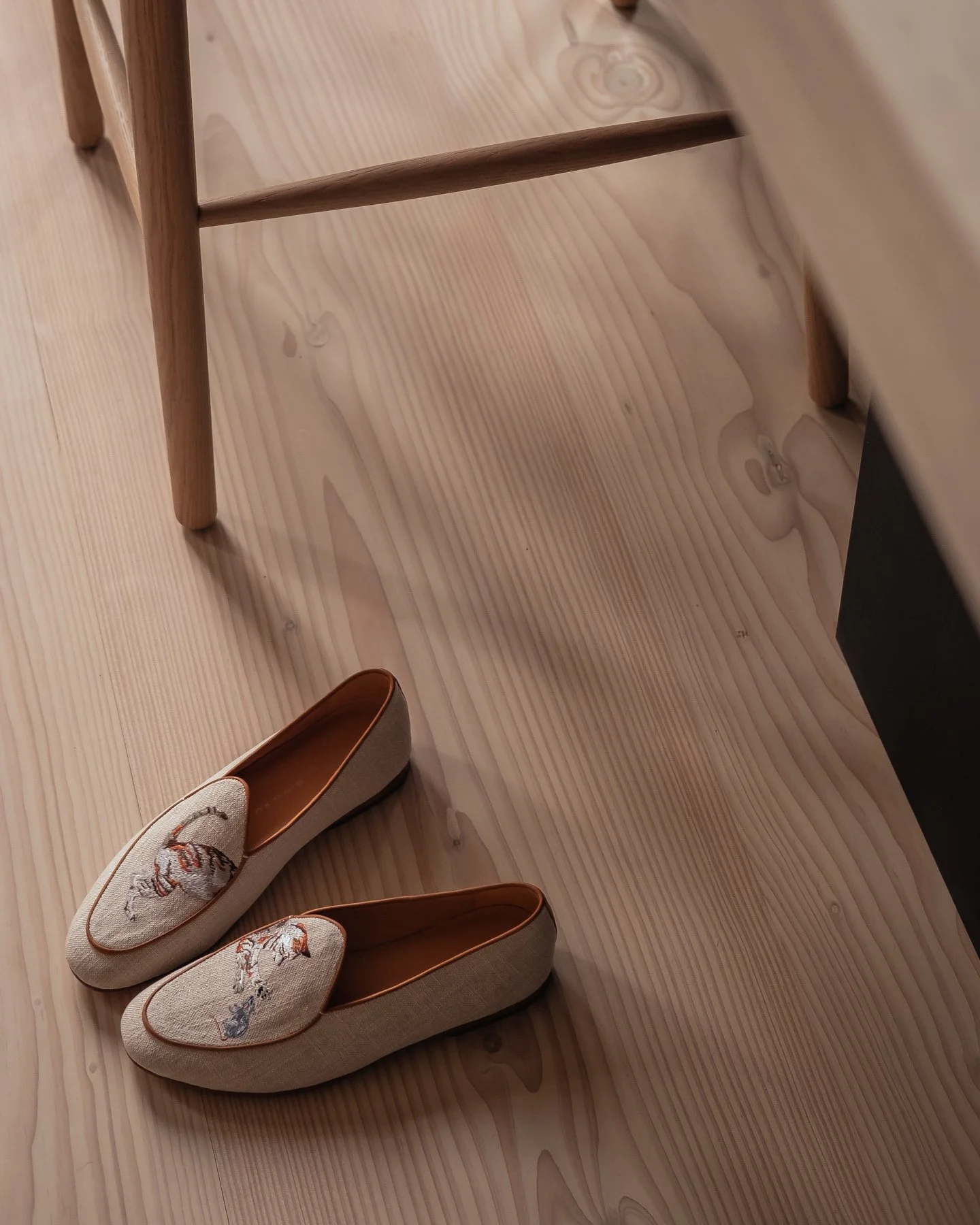The object, the peripheral, and the anchor.
How special can we make the spaces we inhabit? As Architects and interior designers, this is the essential question we return to — not in pursuit of perfection, but in search of resonance. Our work is to shape environments that not only support and nurture, but also reflect the nuanced identities of those who dwell within them.
Colour, light, texture, and material — these elements form the silent architecture of emotion. Together, they compose the inner landscape of a home, capable of transforming the rhythm of daily life.
For many years, my appreciation for objects — particularly antiques and curious collectables — remained a private affection, quietly inherited from my father. An Architect and man of sensibility and memory, who believed that the beauty of things lies in the stories they carry.
During our childhood weekends and holiday travels, he would guide my siblings and me through the brocantes and antique markets of every region we visited. There, among the timeworn tapestries, chipped ceramics, and forgotten tools, I learned to see history not as a timeline, but as a texture.
This evocative world of past craftsmanship, changing fashions, and regional savoir-faire shaped my imagination long before I entered the world of design professionally. I absorbed its language without realizing it — developing a vocabulary of preferences, instincts, and associations that would later prove vital to my practice.
Only in recent years, as more clients began inviting me to curate their interiors with a deeper narrative sensibility, did I fully embrace this inheritance. What was once a personal realm has now become a vital thread in the fabric of my work.
There is a quiet joy in witnessing an object — discovered by chance, or gifted by someone who shares this sensibility — find its place in a contemporary setting. These artifacts, once peripheral, become anchors. They carry the intangible debris of our lives, and in doing so, connect with the lives of others, past and present. In their presence, the spaces we create are no longer merely designed — they are remembered.
Photography: Jim Stephenson


